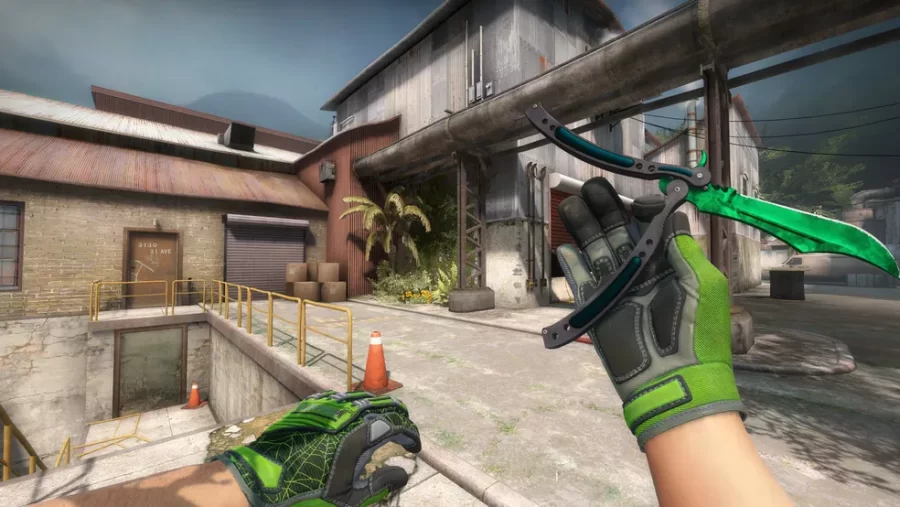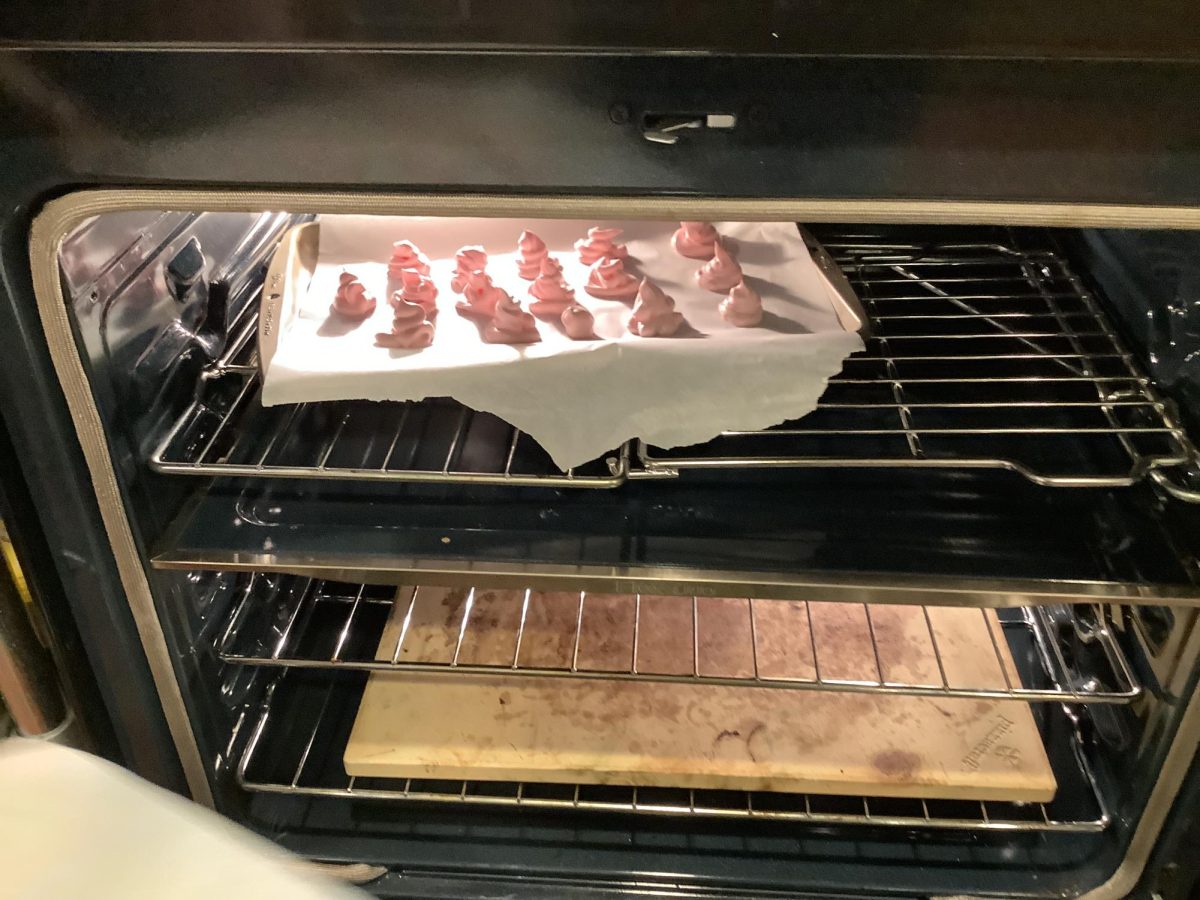Why Are CS:GO Skins So Expensive?
February 17, 2023
Chances are, no matter which game you play you, don’t just want to play well, you want to look good while doing. From MOBAS, to sports games, battle royales, and of course tactical shooters, cosmetic focused micro transactions are everywhere. Whether you’re using in-game currency or real money, many so-called skins have a set value. Some of the prices are determined by the publisher or the developer of the game, while others change based on how the community rates them. But nowadays, certain games have outgrown their humble old stores and evolved into having a full blown skin economy in the real world. It’s fair to say that no game’s skin economy comes even close to CS:GO’s.
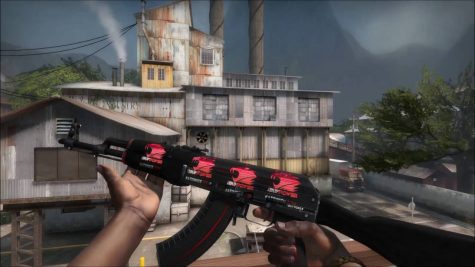
On this skin, it’s got these four stickers on it. Known as iBUYPOWER (Holo) These stickers are currently worth around $40,000 each. This skin’s priced around $200,000. Over the past couple of years, the CS:GO skin market has gone absolutely nuclear. Some of the cosmetics go for hundreds or even hundreds of thousands of dollars. By purchasing certain skins you might actually be making a real life investment. But how the hell did we get here? How is it possible that some of these digital pixels are valued at such ludicrous amounts of money? Let’s find out together.
For those of you who don’t know about CS:GO skins to begin with, then let me enlighten you. Back in August of 2013, Valve (the company that created CS:GO) released what was arguably CS:GO’s most iconic and important game update ever. The “Arms Deal” update added over a hundred weapon skins into the game for players to equip and collect. You could get cases from playing a game and then could purchase a key to open them. Cases are essentially gambling, you pay to open them and then receive a random item from inside. But most importantly Valve decided that they wanted these cases and skins to be available for purchase on the Steam(video game client) Marketplace and this is crucial. Skins are tradable between individual Steam accounts now. This was obviously designed so that players could just pick a particular skin and either buy it or trade for it but since there wasn’t really anyone monitoring these interpersonal transactions, this opened the door for a sea of scammers trying to take your skins. Some players fell victim to the countless Steam impersonators, trading skins away to scammers before realizing their mistake. Others were suckered in by skin gambling sites, whose predatory infrastructures amassed their fair share of victims. These early days housed some of the darkest moments in the history of CS:GO skins. As the years went on, skin gambling continued to be a very hot topic within the general gaming community. More and more sites where you could purchase skins with real money and eliminate the need to gamble began to pop up. But how exactly were you supposed to know how much a skin was actually worth? Players could technically list these skins for however much they wanted and some sites used site-specific currency, so how could you avoid getting ripped off? Well there are a number of reasons why certain skins cost inordinately more than others. Most of which have to do with looks and rarity. When those two things come together, in that perfect combination, that’s when you stumble upon the cases.
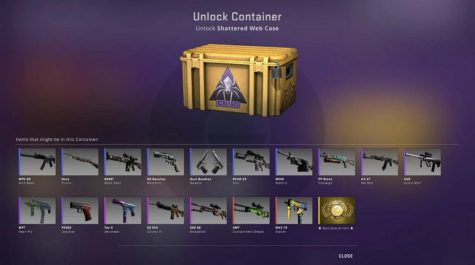
In each case, there are eight different skin grades within CS:GO. Ranging from consumer grade all the way to convert special rare and contradict. Some feature various gun skins, while others are reserved for higher ticket items like gloves and knives. Next we have what is arguably the most important factor for determining a skins value and that is where there are five different wear ratings in the game: battle scarred, well-worn, field tested, minimal wear, and factory new. Battle scarred means that the skin is super beat up and factory new means that it’s in pristine or near pristine condition. But when a skin is unboxed from a case, it is also assigned a number ranging anywhere from 0.00 to 1.00 and this is where you get the float value. Float values play a massive role in determining the price of a skin. Float short for floating point, refers to a system for representing decimal numbers to some fixed precision in binary. But what does that have to do with weapon skins? Well if you inspect any skin in CS:GO, then hover over the information icon at the bottom of your screen you’ll see four things. Finish style, finish catalog pattern, template, and wear rating. The wear rating is the one you actually want to focus on. The decimal number that makes up the wear rating is what you call the float value. Which by default actually ranges from 0.06 to 0.8 and can change from skin to skin. So best to do your research on the individual skin you’re eyeing up. There is actually some really cool math that goes into how the game generates that number. If you’re a math or CS nerd, I mean computer science not Counter-Strike, then I recommend checking out this post from csgofloat.com that goes into way more detail. But to put it simply, the higher the wear rating, the higher the opacity value on the scratch and wear texture on top of the skin. A bright factory new float values hover between zero and 0.07. Currently, the lowest known float in the game is the 0.00089966 M249 Gator Mesh Factory New.
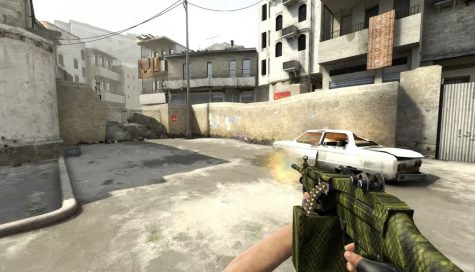
Field tested ranges between 0.07 and 0.15, well worn ranges between 0.37 up to 0.44 and lastly battle scarred from 0.44 to essentially 1. Now obviously Factory new is the gold standard everyone wants. The skins look as nice as possible, but you can often find low float minimal wear skins that look pretty close to factory new. While Valve has intentionally left gaps in the float values at the edges of each tier, the lowest float number within each one will often look better than what the name suggests. So buying low float skins with slightly worse wear can help you find some sweet deals. Float values play an extremely crucial role in determining the value of a skin. There is even an added layer of complexity and that is pattern templates, sometimes referred to as a skin seed. A pattern template can range between one and one thousand. Now this can drastically change the look and color of a skin and it’s for this reason that certain case hardened skins, like blue gems,
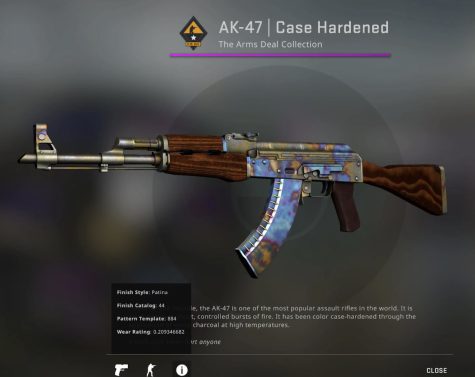
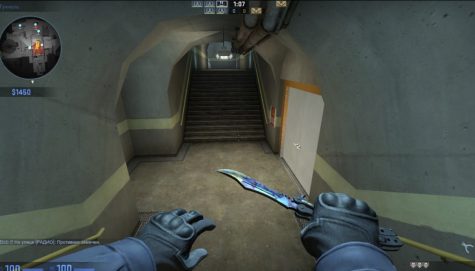
are some of the most expensive skins on the market. CS:GO’s skin economy is in a league of its own. It has become an entire business and source of content for many people around the world. Things have gotten so crazy that you could quite literally make a fortune just by unboxing the right skin. So if anyone’s ever harassing you over how much you opted to spend on virtual pixels in Counter-Strike, make sure you let them know how much it was when you bought it versus how much it’s worth now. CS:GO skins are like fingerprints. No two skins are the same, some of us just want skins that look cool. While others want to collect the rarest of the rare so that they can flex on others. The skin market might seem kind of intimidating at first and in a sense it is, but once you take the time to learn about, understand, and appreciate it , you’ll soon come to see that there’s nothing quite like it.

